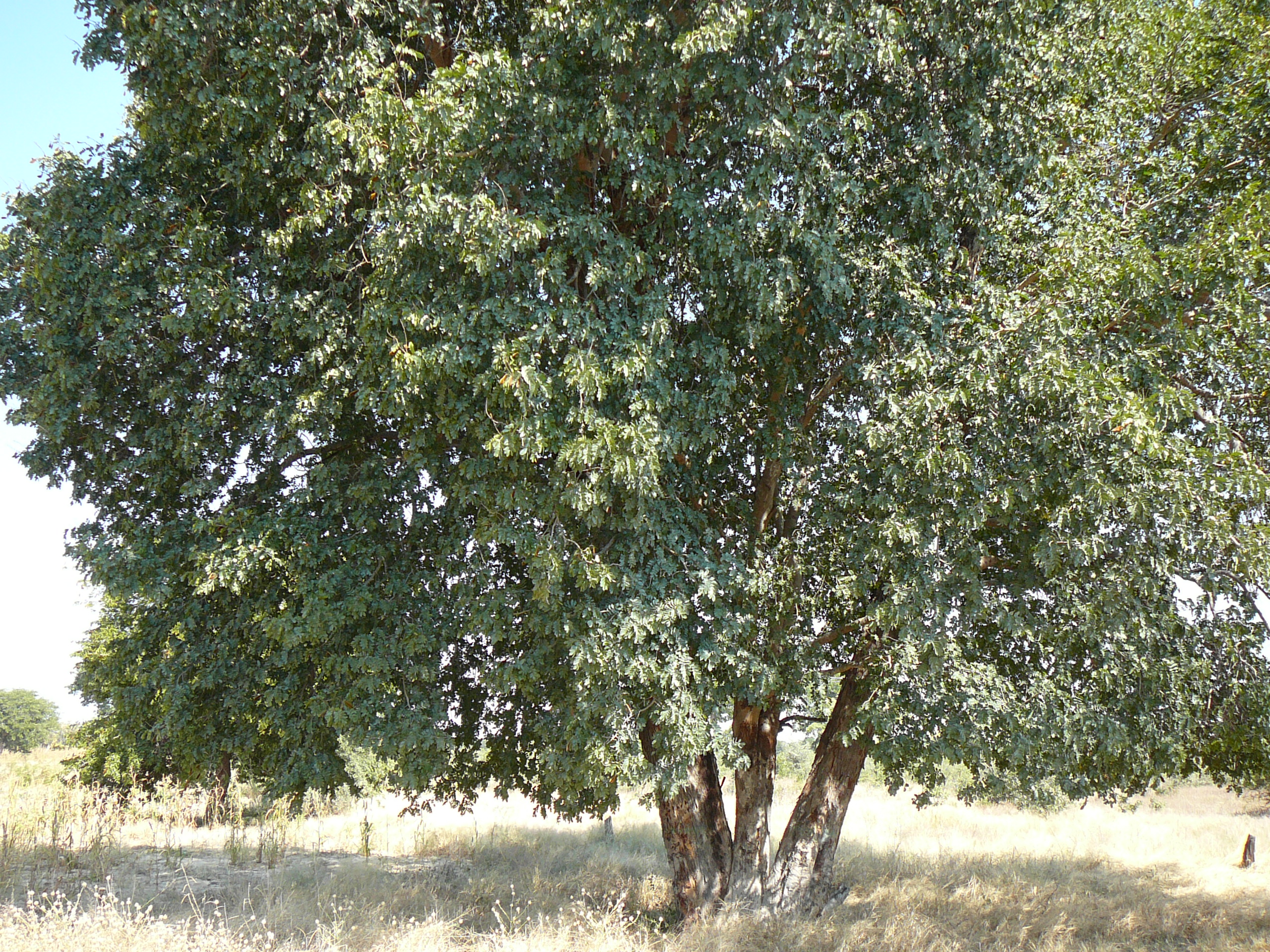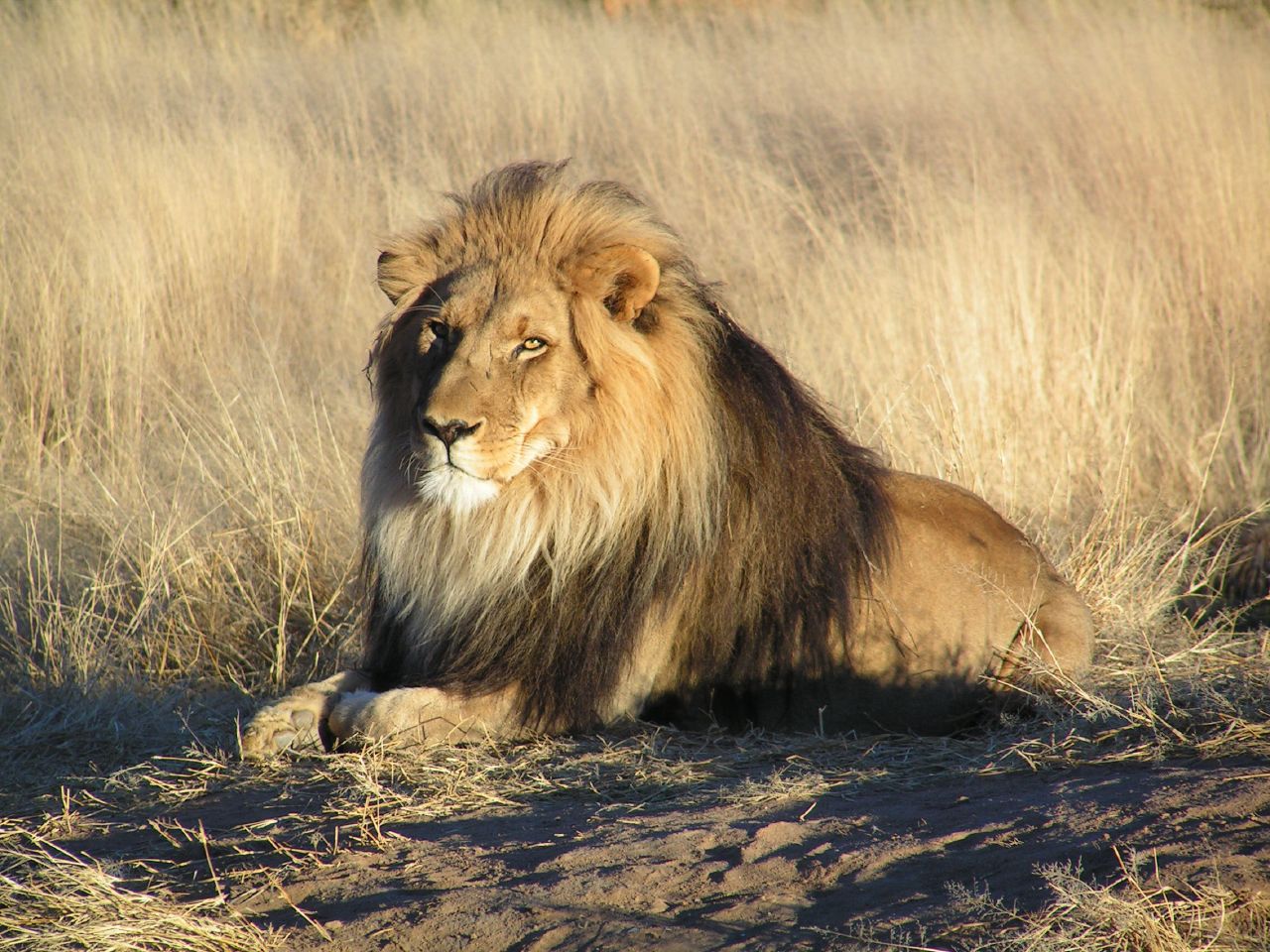Zambezian Baikiaea Woodlands
The ecoregion’s land area is provided in units of 1,000 hectares. The protection goal is the Global Safety Net (GSN1) area for the given ecoregion. The protection level indicates the percentage of the GSN goal that is currently protected on a scale of 0-10.
Bioregion: Greater African Subequatorial Savannas & Mixed Woodlands (AT11)
Realm: Afrotropics
Ecoregion Size (1000 ha):
36,054
Ecoregion ID:
64
Conservation Target:
49%
Protection Level:
6
States: Angola, Namibia, Botswana, Zambia, Zimbabwe
The ecoregion is a mosaic of Zambesi Redwood dominated forest, woodland, thicket, and secondary grasslands, which lies on deep Kalahari sands in a wide belt along the Angolan-Namibian border across to Zimbabwe. The unfavourable conditions in this region, nutrient poor soils, and high rainfall variability, have prevented agricultural expansion, leaving much of the habitat intact. The region supports many large, threatened mammals including black rhino, lion, and elephant as well as herds of Burchell’s zebra and blue wildebeest.
To the north, the vegetation changes gradually into evergreen Zambezian Cryptosepalum Dry Forest and wet miombo woodland. On the Barotse floodplain, seasonal waterlogging or flooding suppresses tree growth, and Baikiaea woodlands give way to grasslands. The ecoregion lies on an extensive plain of 800 to 1,000 m in elevation and is drained by the Okavango, Cuando, and Upper Zambezi Rivers and their numerous tributaries.

The flagship species of the Zambezian Baikiaea Woodlands ecoregion is the Zambesi redwood. Image credit: Creative Commons
The ecoregion experiences a hot, semi-arid climate. Mean annual rainfall ranges from less than 400 mm in the drier southwest to approximately 800 mm in the northernmost portion in Angola and Zambia. Rainfall is strongly concentrated from November to April. The mean maximum temperature is between 27° and 30°C and the mean minimum temperature ranges from 9° to 12°C. Frost occurs in the southern part of the ecoregion, which is occasionally severe (below -5oC), killing young tree growth.
However, many plant species in the woodlands are adapted to frost, fire, and herbivory, and can coppice readily. The ecoregion is also defined by species confined to Kalahari sand and by the dominant tree species Baikiaea plurijuga, which is near endemic.
Much of the ecoregion falls within the Barotse sub-center of plant endemism. However, the fauna of the area has low levels of endemism. A few other endemic or near-endemic plant species include Baphia massaiensis, Dialium englerianum Paropsia brazzeana, Bauhinia petersiana, Copaifera baumiana, and Guibourtia coleosperma.
-CC-Bernard%20Dupont-2016.jpg)
Southern reedbuck. Image credit: Creative Commons
Mammal species include many widespread savanna species, such as Burchell’s zebra, roan antelope, sable antelope, bushbuck, greater kudu, impala, black-fronted duiker, oribi, steenbok, common eland, blue wildebeest, buffalo, giraffe, tsessebe, and waterbuck. Threatened large mammals include black rhinoceros, lion, African wild dog, cheetah, and elephant.
The ecoregion’s avifauna is characterized by a moderately high species richness, enhanced by the varied habitats, but low endemism. Baikiaea woodlands are the preferred habitat of the near-endemic Bradfield’s hornbill and slaty egret. Other species include Cape turtle-dove, white-browed robin, and tropical boubou. The ecoregion also has a rich variety of raptor species including secretary bird, white-backed vulture, lappet-faced vulture, and African hawk eagle.
Generally, the ecoregion is sparsely settled. This, combined with the arid environment and nutrient poor sandy soils, means much of the habitat has not been modified. Protected areas in this region are fairly widespread including: Bicuar, Mupa, and Luengue-Luiana National Parks in Angola; Caprivi Forest Reserve, Popa Game Park, Bwabwata, and Khaudum National Parks in Namibia; Chobe National Park and Okavango Delta system Ramsar Site in Botswana; Hwange National Park in Zimbabwe, and Simoa Ngwezi National Park in Zambia.

Lion. Image credit: Courtesy of Keven Pluck
The Baikiaea forests and woodlands are easily penetrated by fire, especially in the late dry season. After frequent fires, a dense shrub layer develops. When fire damage is severe or after cultivation Baikiaea plurijuga can disappear completely, since it does not regenerate easily in frequently burned sites. Many of the plant species have adapted to fire by thick corky or peeling bark.
Poaching is widespread, even within some protected areas. Commercial poaching is a significant problem in Sioma Ngwezi and the surrounding Game Management Area. Annual migration routes for large mammals are often blocked. None of the parks in the ecoregion cover the entire migratory ranges of animals such as wildebeests and elephants. Elephants migrate seasonally determined by the wet and dry season and this has been seen in Hwange National Park.
Cattle fences can also cause increased rates of mortality when animals are cut off from grazing and water resources. Timber logging is a threat to the Baikiaea woodland and forest habitats. Subsistence farmers participate in shifting cultivation practices to overcome the unfavourable farming conditions. This involves burning trees and shrubs, and using the ash to fertilise soils. After a few years, the fields are abandoned and left to fallow.
The priority conservation actions for the next decade will be to: 1) promote community involvement in the protection and management of forests; 2) conserve and restore corridors to allow migration between national parks; and 3) implement regional water management policies, particularly in Hwange National Park to protect elephant populations in this region.
Citations
1. Burgess, N., Hales, J.A., Underwood, E., Dinerstein, E., Olson, D., Itoua, I., Schipper, J., Ricketts, T. and Newman, K. 2004. Terrestrial ecoregions of Africa and Madagascar: a conservation assessment. Island Press.
2. Kopij, G. 2017. Structure of avian assemblages in Zambezian Baikiaea woodlands, northern Namibia. Zoology and Ecology. 27(1), pp.1-10.
3. Tshipa, A., Valls-Fox, H., Fritz, H., Collins, K., Sebele, L., Mundy, P. and Chamaillé-Jammes, S. 2017. Partial migration links local surface-water management to large-scale elephant conservation in the world's largest transfrontier conservation area. Biological Conservation. 215, pp.46-50.
4. Wallenfang, J., Finckh, M., Oldeland, J. and Revermann, R. 2015. Impact of shifting cultivation on dense tropical woodlands in southeast Angola. Tropical Conservation Science. 8(4), pp.863-892.




